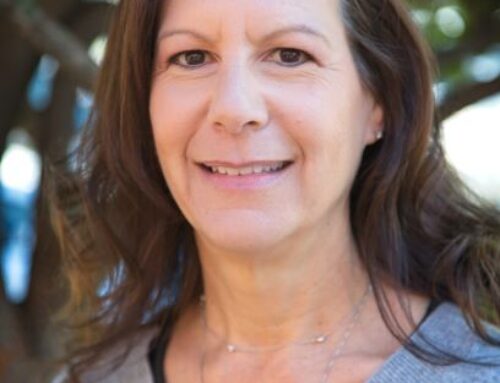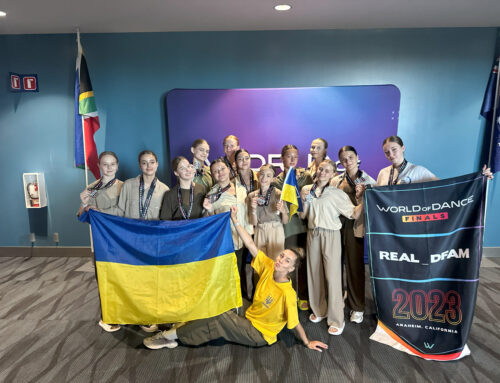Published in the Jan. 8, 2014 issue of Morgan Hill Life
By Marty Cheek
Watching Carl Sagan’s monumental public television series “Cosmos” in the early 1980s turned the teenage me on to the wonders of science and the universe. I was in high school and watching the famous scientist explore the universe, from the Big Bang to DNA to the ethical questions of technologies such as atomic weapons, really inspired me to realize that science is cool. That’s why I can’t wait to watch the new 13-part “Cosmos: A Spacetime Odyssey” hosted by popular astrophysicist Neil deGrasse Tyson that will begin airing March 9 on Fox and the National Geographic Channel.
Perhaps my interest in science sparked by the original “Cosmos” series led me to co-chair with Councilwoman Marilyn Librers the annual citywide science fair for middle and high school students in Morgan Hill. The fair is being presented by the Morgan Hill Chamber of Commerce and will be held at the Oakwood School gymnasium Jan. 23. I attended last year’s fair and was truly inspired to see the range of scientific displays that local students presented.
Being a part of the high-tech world of Silicon Valley, it just seems logical for Morgan Hill to encourage its students to immerse themselves in scientific exploration through experimentation. The growth of technology and industry require a never-ceasing quest to discover the answers to how the world of nature works. Basic research in science often leads to amazing new tools to make life easier and enhance our society. Think of the satellites orbiting our planet that allow us to use cellphones to communicate with anyone in the world or gain instant access to information on the Internet using smart-phones. Without scientists, including Isaac Newton who discovered the natural principles that enable satellites to stay in orbit, our 21st century civilization would not enjoy the modern technological benefits that it does.
Morgan Hill has evolved into a forward-thinking Silicon Valley community when it comes to teaching science and math. The Morgan Hill Unified School District two years ago turned Jackson Elementary School into the Jackson Academy for Music and Math, a successful enterprise for the students there.
At the Dec. 10 school board meeting, trustees unanimously approved two new science-based focus academies to start in August. P.A. Walsh Elementary School will become a STEAM (Science, Technology, Engineering, Arts and Math) academy. Parents at last fall’s back-to-school night for P.A. Walsh told school administrators that they wanted the “arts” component to be an essential part of the revamped school. This follows Leonardo da Vinci’s philosophy to strive to find the art in science and the science in art. And this fall San Martin/Gwinn Elementary School will become an environmental science academy where students will learn the basics of how the earth works and how everything is interconnected.
Science is a vital part of an education not just for the sake of bringing new gadgets to consumers and generating jobs, but also to help young people appreciate the universe we are all a part of. That’s one reason why our city’s science fair is well worth the time and effort to organize for our young people. Science engages curiosity in their minds. It provides youngsters with practical tools to understand the processes of everyday life. And it advances in young people critical-thinking skills, problem-solving tools and creativity.
Participating in science fairs also helps young people learn to communicate information with other people. Working on a science experiment for the fair instills in young people patience and perseverance. Working on experiments for science fairs also helps young people develop a healthy dose of skepticism as they learn to set aside unproven assumptions in the face of data and facts that might contradict those assumptions. Developing a scientific mindset through participation in science fairs also helps teach children the necessity of forming their own hypothesis about a certain natural phenomena and test that hypothesis and refine it based on the data that is collected during the testing process.
The annual citywide science fair plays an important role in encouraging an interest in science among the students of our community. Who knows? Perhaps the next Carl Sagan or Neil deGrasse Tyson might be exhibiting a scientific display at Oakwood School’s gym Jan. 23. Come to the city’s science fair and discover the wonders of the natural world through the young scientists who’ll be showing off their experiments.







